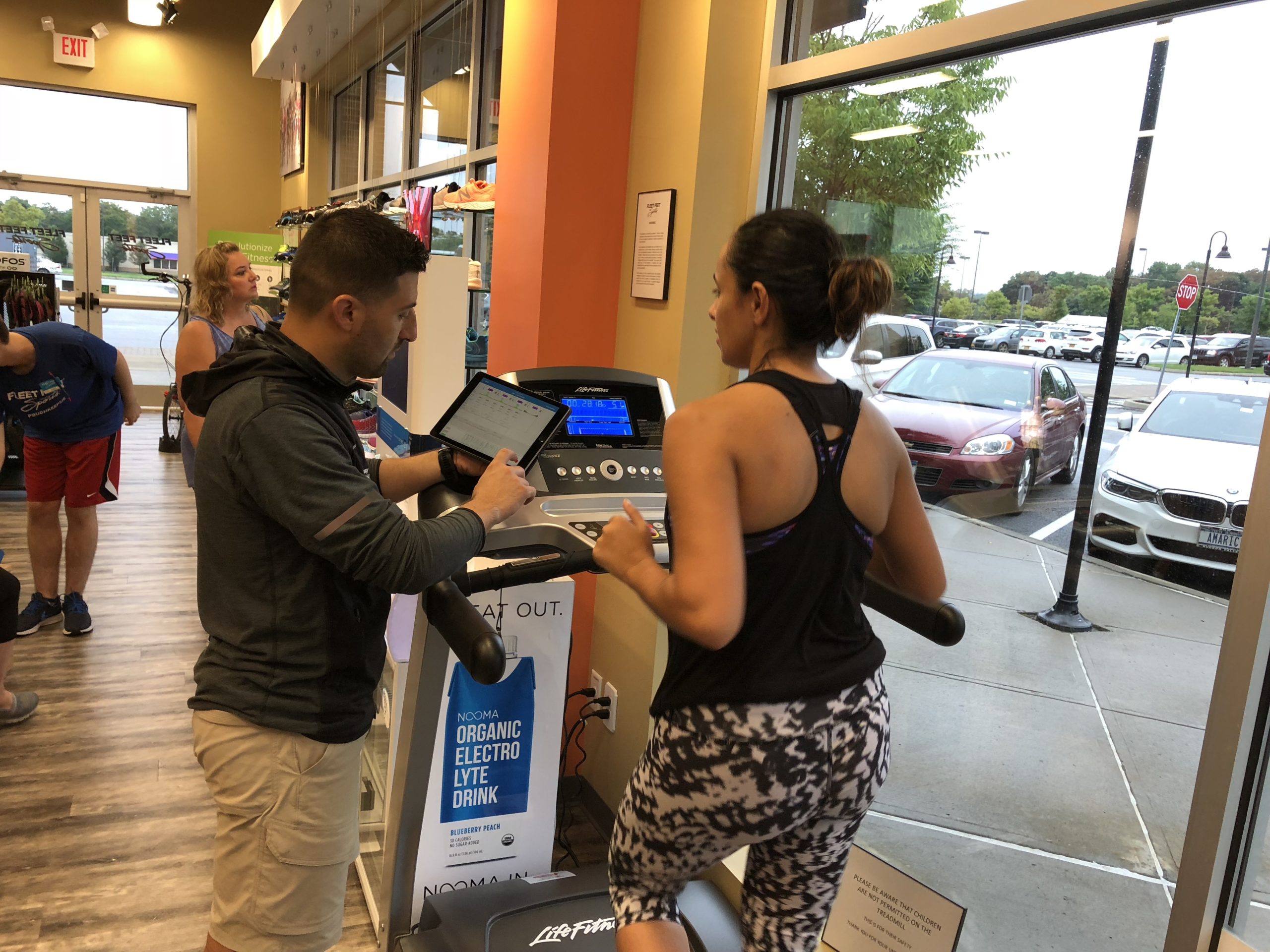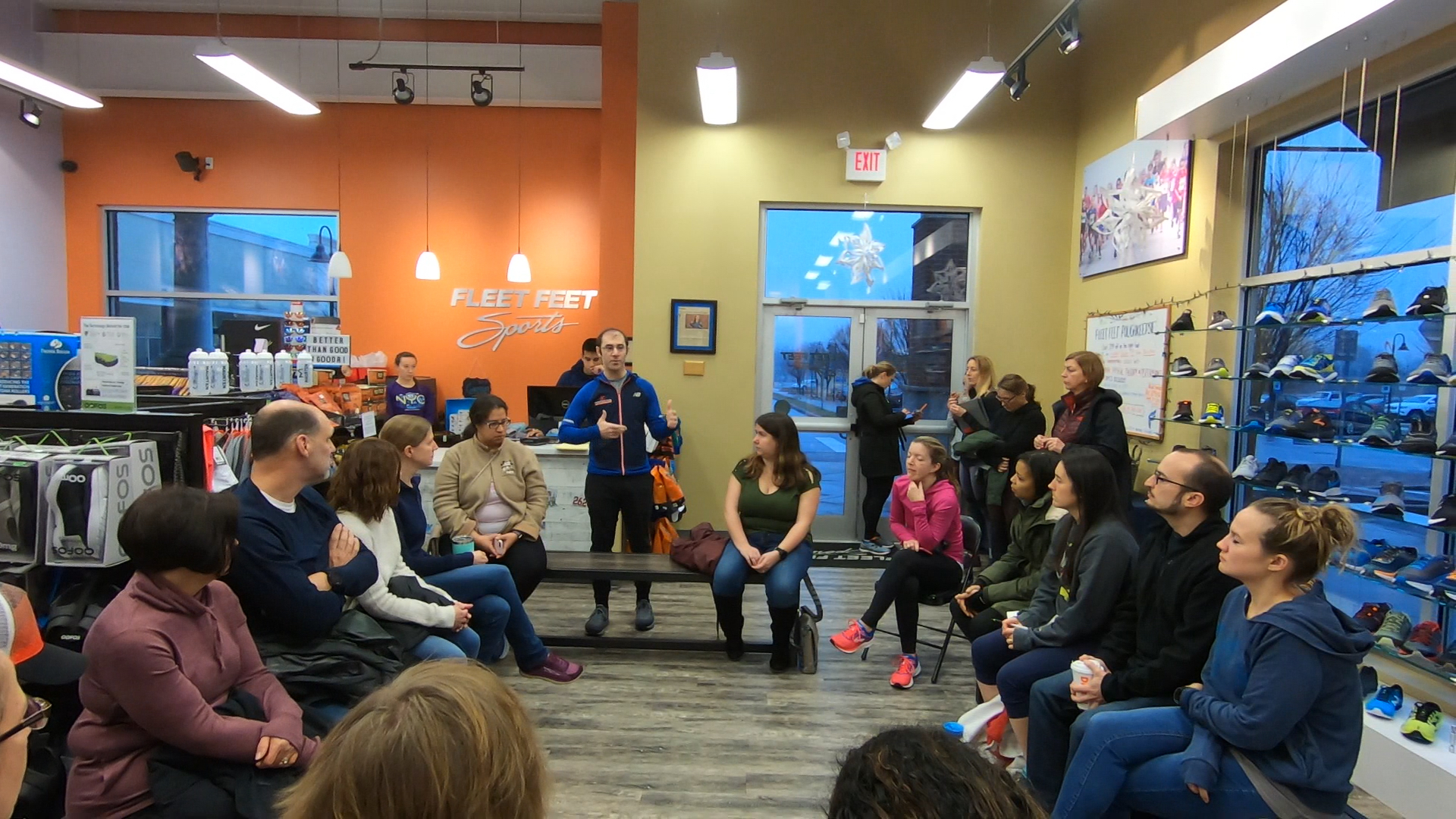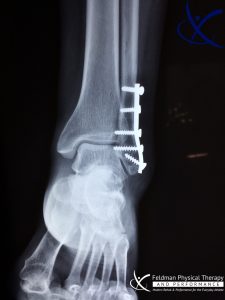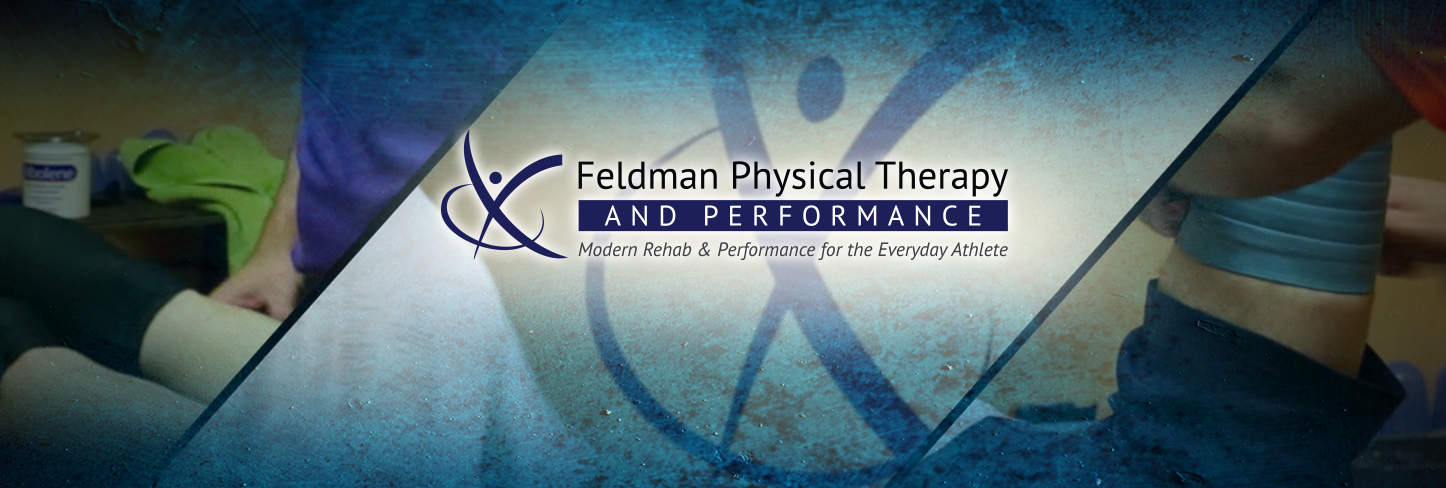
Running Analysis
November 25, 2018
Running Into 2019
January 6, 2019Post Surgical
Physical Therapy
 While we love to help patients stay healthy as much as possible, we understand there is absolutely a need for surgical intervention at times. This becomes a critical period and there is a perfect window of opportunity to get a post-op plan of attack. Perhaps the best reason to start early with post operative physical therapy is because the neuromuscular system will start to breakdown immediately! It only takes a few days of de-conditioning to start a nasty cascade of events. Ever lay in bed with a nasty cold? Just going out to the mailbox can become a chore. Thankfully the pizza guy delivers, though. So lets talk about a few of the main reasons we try and promote early mobilization and loading after a surgical procedure.
While we love to help patients stay healthy as much as possible, we understand there is absolutely a need for surgical intervention at times. This becomes a critical period and there is a perfect window of opportunity to get a post-op plan of attack. Perhaps the best reason to start early with post operative physical therapy is because the neuromuscular system will start to breakdown immediately! It only takes a few days of de-conditioning to start a nasty cascade of events. Ever lay in bed with a nasty cold? Just going out to the mailbox can become a chore. Thankfully the pizza guy delivers, though. So lets talk about a few of the main reasons we try and promote early mobilization and loading after a surgical procedure.
First and foremost is swelling and pain management. Goal number one is to minimize pain and inflammation. There are a number of pain reduction techniques we can use that range from addressing the physical and psychological origins of pain. Sometimes its a double edged sword also, where the pain persists because of swelling and limited motion, but the only way to get rid of the swelling and restrictions are through strength techniques. Muscles act as pumps to help with joint effusion (swelling) and can also help restore normal nerve signaling to the area. Ultimately, the pain can be decreased through swelling management and muscle activation. A bit counterintuitive as most people think they should only start moving or strengthening until after the discomfort has gone. A lot of time can be lost with that approach, so we urge people to let us help create a safe loading plan for the joints and muscles almost immediately. Years ago an ACL reconstruction was immobilized for 6+ weeks. Modern post op protocols call for same day mobilizations and weight bearing. Talk about progress. ::insert thumbs up here::
In that same vein, it is important to restore proper muscle tone and nerve signaling. We call this “neuromuscular control.” Its no secret that the brain is the computer chip that controls our skeletal machine. But a lesser known fact is that our brain can forget how, and more importantly WHEN, to move certain parts. With common surgical sites such as the knee or shoulder, we very often see people adopt slightly altered methods of moving said joints after surgery because of swelling, pain, or weakness. If these altered movement strategies aren’t corrected in a timely manner, we tend to see a predictable amount of future issues in those areas, and this means increased risk of future injury. Not all exercises are created equal, and some of them are actually hidden practice patterns for restoring or maintaining proper movements. It is important that we help people sift through the extensive exercise libraries that exist in order to eliminate the risky ones, and instead focus on the beneficial ones. For instance, weeks 1-2 of an ACL reconstruction will be much different than a knee replacement or meniscus surgery. Likewise, a rotator cuff repair will be much different than a shoulder decompression. Hitting a home run in the first few weeks usually makes life a lot easier with the tail end of the rehab. Ever skip steps when trying to put legos together? Ugh, not fun!
The slightest bit of fluid can actually cause a lot of musculoskeletal issues. For anyone thats ever had their knee swell up, you’ll recall the leg didn’t quite feel right. Thats because it takes just 20 cc of fluid to inhibit quadriceps muscle function. For reference, there are 240 cc in an 8 oz glass. Yep, just 20 cc can inhibit large muscle groups. So in order to minimize that muscle inhibition it is crucial to implement a strict post-op protocol. The fluid may decrease with time, and proper swelling management (compression and elevation), but the window of opportunity is open immediately following surgery.
Perhaps the most commonly held misconception is that things will get better on their own. Now, it is true, that pain will most likely diminish with time. However, that doesn’t mean things are “better” or “fixed.” Pain is one of the first things to come and first to disappear as well. Unfortunately, strength does not come back on its own. Much to my chagrin, my biceps will not get stronger, or bigger, if I don’t lift weights. So when people tell me that they return to work or prior activity levels without any post-op plan, I usually ask them if their body usually gets stronger with neglect. I’m usually met with a puzzled look and then a sheepish smirk. Its kind of what we do folks! It is our job, and kind of a fun one, to help take the think work out of our patients hands and getting them on the right track. Strength doesn’t just magically come back after swelling or an injury, so plan on at least a couple of weeks of a simple and easy strength restoration plan.
Lastly, the body works as a single unit. When you exercise, the stress levels aide in the release of certain hormones that are meant to make you build back better faster, and/or stronger. When you move weights, you are tearing your muscle fibers, and your body releases hormones to repair them. These are the healing powers of the body, with one job, to repair injured tissue. This becomes a systemic release of helpful hormones, regardless of the body part. THAT is the secret weapon. If you have an injured area, we prescribe more exercises for other parts of the body. If your knee hurts, lets pump the upper body! If your shoulder is on the injured reserve list, then lets get legs swole for days! OK, maybe I should never use those phrases again, but you get my point right? We can utilize the body’s helpful response and get those healing powers (hormones) to the areas that really need it after a procedure. Its a natural process but one that is taken for granted during injuries. Theres no reason to not maximize this healing time coupled with that perfect amount of loading for the surgical site. Its a win-win.
A post op plan is probably the most important thing to consider when surgery is in your future. It will help you manage pain, improve function, and return to your regularly scheduled programming. Whether that be work, family life, driving privileges, the gym, or training for the olympics, it will be important to make sure you can move and tackle daily functions the same or better than you could prior to wearing that ever-fashionable johnny gown. People tend to rest too much or too little, and neither will help in the game of life.
Whatever the procedure, our goal is your success. Whether you can make time for one visit or for ten, we can help sort through the available information and get you set up on a plan that is ideal for your situation. Just stop by and ask. If you have any questions, feel free to reach out! We’d be happy to talk post-surgical strategies.
We hope everyone is staying warm and staying healthy.
Cheers,
John





